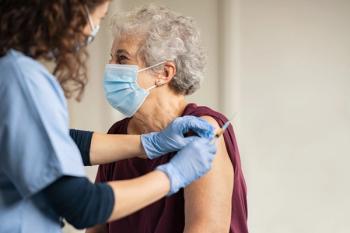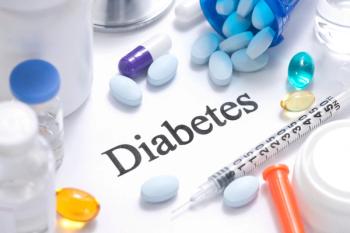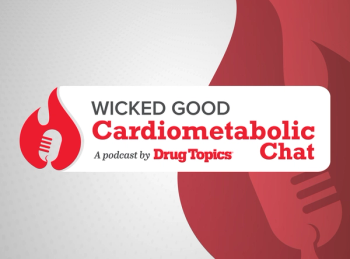
ACCP issues new treatment guidelines for PAH
On June 15th, the FDA issued both a drug approval and rejection for two treatments being evaluated to treat the condition in one day.
Pulmonary arterial hypertension (PAH) is a term we didn't hear much five or 10 years ago, but it's cropping up frequently in the news. In fact, on June 15, the Food & Drug Administration issued both an approval and a rejection for treatments being evaluated for the condition. Gilead Sciences received a letter from the agency giving it the green light to market ambrisentan (Letairis), and Encysive received a third approvable letter for sitaxsentan (Thelin), in effect delaying its approval yet again.
And on another front, the American College of Chest Physicians (ACCP) has put together an update to its 2004 guidelines for PAH that will include information on new drug approvals, data from several clinical trials, and experience with combinations of existing drugs. The review considered studies published before Sept. 1, 2006.
"Our understanding of the pathogenesis of this disease has improved substantially in recent years, leading to improvement in patient outcomes," said Neal J. Benedict, Pharm.D., assistant professor at the University of Pittsburgh School of Pharmacy. However, "signs and symptoms are too often very nonspecific; therefore education regarding disease progression is vital," he explained.
The authors of the new guideline recommend long-acting nifedipine or diltiazem, or amlodipine for patients with PAH who have a favorable response to short-term vasodilator testing during cardiac catheterization. Verapamil, however, should be avoided because of its negative inotropic effects. The guide adds that if the patient does not improve to functional class I or II following three months of treatment with a calcium-channel blocker, additional or alternative therapy should be considered.
According to Benedict, calcium-channel blockers (CCBs) have been shown to reduce the mPAP and pulmonary vascular resistance in patients in certain subgroups (those who pass the vasoreactivity test), thus improving patients' symptoms. "However, a recent meta-analysis reported that only 6.8% of patients with a favorable response to the acute vasoreactivity test had a favorable clinical response to long-term CCB therapy. Therefore, the role of CCBs in WHO class III or IV PAH is supportive at best," he said.
Treprostinil (Remodulin, United Therapeutics) and sildenafil (Revatio, Pfizer) are suggested for patients in functional class II. Also appropriate is ambrisentan (Letairis, Gilead), recently approved by the FDA for the treatment of patients with functional class II or III symptoms.
ACCP also recommends sildenafil or bosentan (Tracleer, Actelion) for treatment of patients in functional class III whose symptoms are not too severe, but it warns that attention should be given to toxicities when choosing a therapy. Patients with headache, epistaxis, and ocular disease should not receive sildenafil, and those with liver disease should avoid bosentan. More advanced function class III symptoms should be treated with epoprostenol (Flolan, GlaxoSmithKline), treprostinil, or iloprost (Ventavis, Actelion), and there is little evidence to support the use of combination therapy if monotherapy does not improve symptoms.
Due to its rapid and predictable onset of action, intravenous epoprostenol is recommended as a first-line treatment for patients in class IV. Oral, inhaled, and subcutaneous use of agents to treat class IV is discouraged in the ACCP document.
"I feel the publicity PAH has been receiving will no doubt increase public awareness of this debilitating condition," Benedict concluded. This is an important point, considering that currently only about 35% to 40% of patients with PAH are diagnosed, leaving many patients untreated.
"Medical Therapy for Pulmonary Arterial Hypertension: Updated ACCP Evidence-Based Clinical Practice Guidelines" was published in the June issue of Chest (2007;131:1917-1928) and is available on-line at
Newsletter
Pharmacy practice is always changing. Stay ahead of the curve with the Drug Topics newsletter and get the latest drug information, industry trends, and patient care tips.





















































































































































